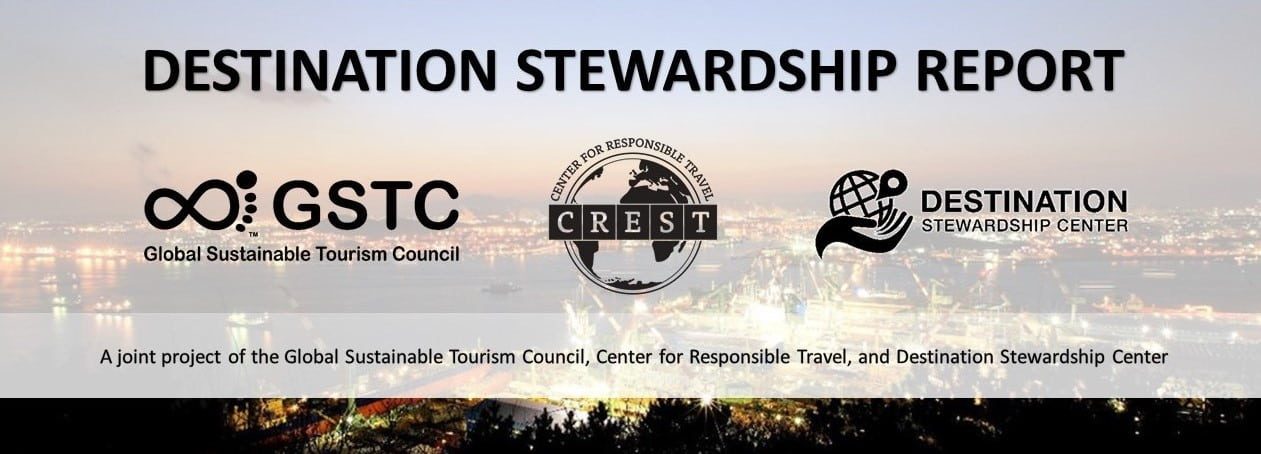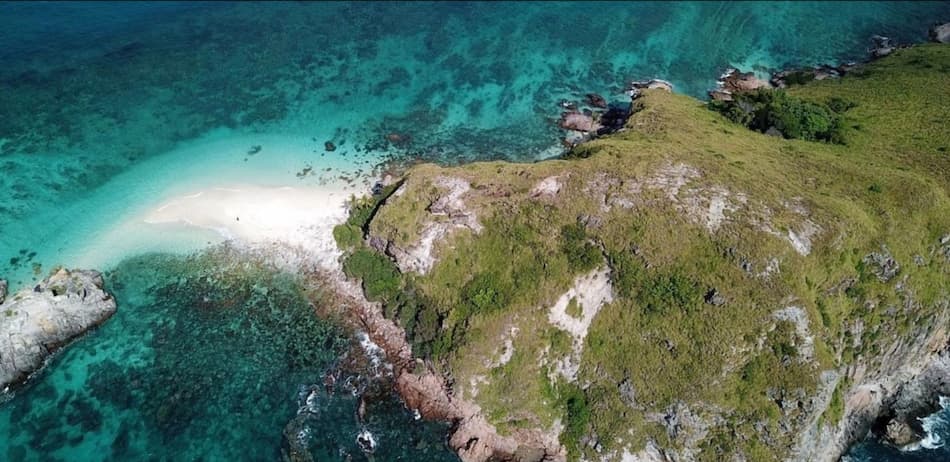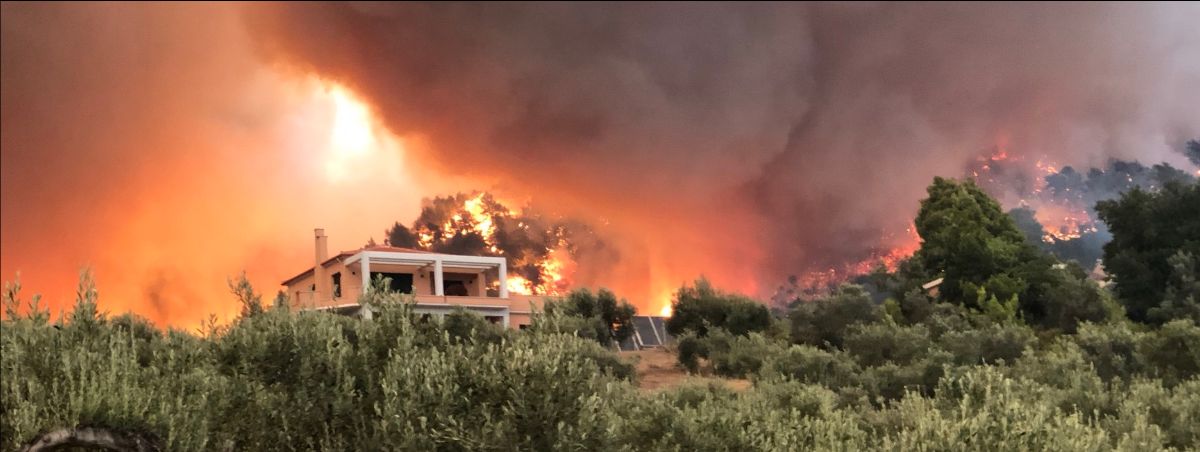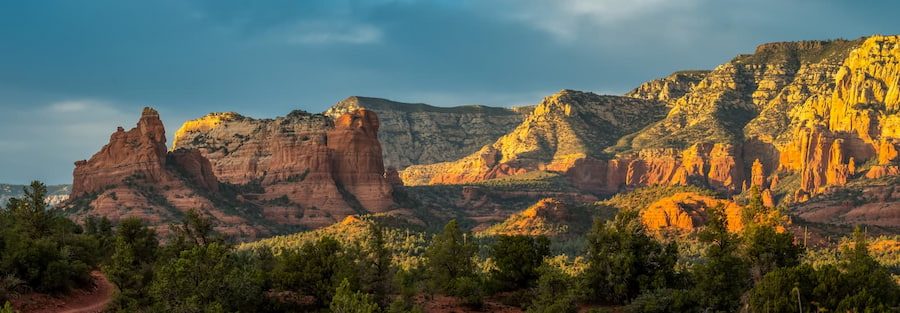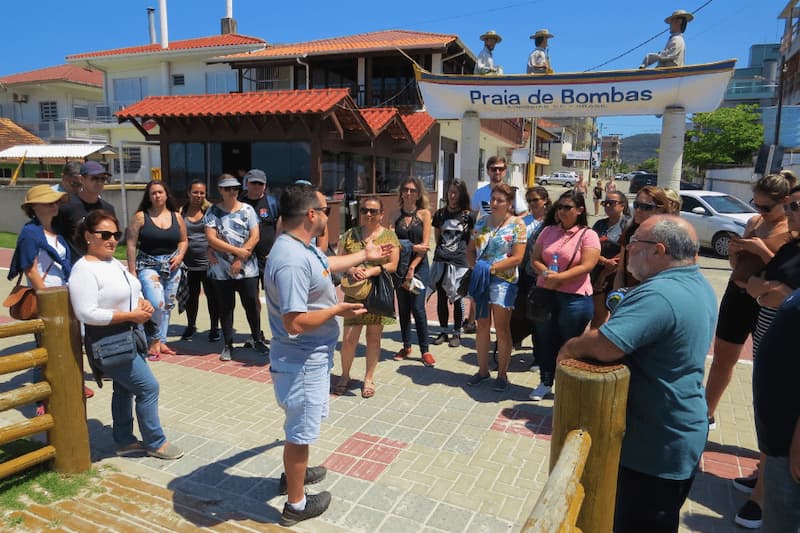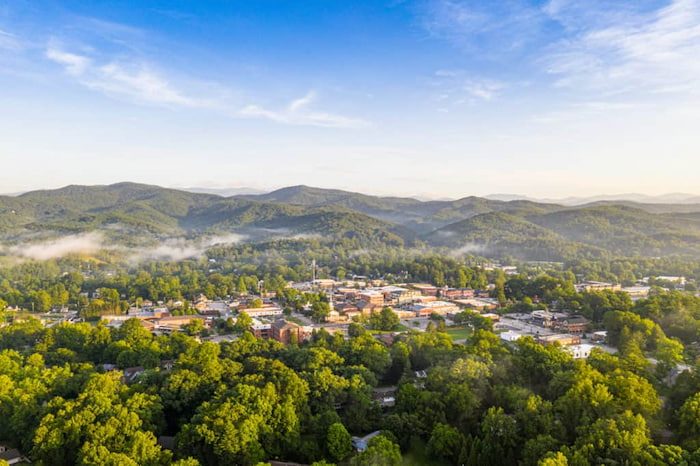Destination Stewardship Report
Summer 2022 July-September (Volume 3, Issue 1)
The Destination Stewardship Report is an e-quarterly collaboration between the Destination Stewardship Center, Center for Responsible Travel, and Global Sustainable Tourism Council. Our goal is to provide practical information and insights useful to anyone whose work or interests involve improving destination stewardship in a post-pandemic world. Subscribe HERE.
Editor’s Note – It’s Our Third Year, Time To Evaluate

Now I must step back as primary editor, staying on just in an executive advisory role. I still welcome your story ideas. CREST’s capable Alix Collins is handling much of my workload, as is indefatigable former DSC volunteer Tiffany Chan, now working for GSTC. DSC volunteers including Gabe Gerson (photos), Siobhán Daly (Bookshelf and Monitor) and many others help immeasurably.
Let us know what you think! This transition is a good time for you to tell us how we can make the DS Report better. Are we serving your needs? What can we improve, given a budget of, well, zero? Your guidance on this 3-minute survey will help. Thank you. — Jonathan Tourtellot. Click here for the survey.
A Malaysian District Collaborates Lest Tourism Run Wild
Why would a place with relatively manageable tourism create a sustainable travel destination coordination group? While many destinations around the world are reeling from the impacts of over-tourism, including environmental degradation, a few are heeding the warning and proactively putting a plan in place. One such is the Mersing District in the Malaysia state of Johor, just north of Singapore. Cher Chua-Lassalvy discusses what it took to rally the district’s numerous, varied stakeholders and create the collectively managed Sustainable Travel Mersing Destination Coordination Group.
Mersing? Where’s that?
I have a friend who goes by the name Mersing Guy on Facebook. He was born and bred in Mersing and runs the local recycling business in town. Mersing Guy (true to his name) loves showing his visiting friends the hidden gems in his beautiful home district. A few weeks ago, we stood in front of the gold-domed Masjid Jamek looking out across the charming coastal town and beyond to the coral-ringed islands that dot the emerald sea. Mersing Guy always says that he is truly lucky to call this place home. It is a sentiment I have heard echoed many times… READ MORE →
Disaster Recovery in Evia, Greece
After disastrous wildfires in Northern Evia, Greece, the placemaking agency Toposophy assessed the damage to Evia’s tourism and researched lessons learned from various other disaster-struck destinations. Marta Mills of Toposophy explains what they have done to help Evia build a sustainable recovery and how other destinations can benefit.
Fire despoils a Greek island. Now what?
‘I will never forget the sound of the fire and the picture afterwards of the place where I grew up and live’, said Giorgos Maroudes, president of the Trade Association of Rovies, a seaside village on the island of Evia. In August 2021, Northern Evia – the northern part of Greece’s second largest island, Evia, and a place of unique biodiversity – suffered one of the worst natural disasters in the country’s history. “As expected, tourism, one of the most important revenue sources of our area, was one of the sectors most heavily impacted,” he reported… READ MORE →
Cultivating Comprehensive Destination Stewardship with GSTC Criterion A4

Criterion A4: Enterprise Engagement and Sustainability Standards
Destination Stewardship requires good public policy and strong private sector practices. The Destination Management Organization (DMO) has a role in both, not just the first. The DMO needs to provide guidance and encouragement to the private sector to operate more sustainably. That is the focus here: the DMO encourages continuous improvement on the sustainability practices of the businesses… READ MORE →
To Market Stewardship, Use Local Voices
We last visited Sedona, Arizona in our Spring 2021 (Vol. 1, No.4) issue, to report on their plan for getting a handle on overtourism. It’s still a struggle. Here, Holly Prievo of GLP films describes how a strategic video campaign that enlists local support and participation can shift a DMO from destination promotion to marketing stewardship – for any destination.
Video Storytelling Features Local People in Bid to Help Save Overrun Sedona
How can we widely communicate the need to preserve a remarkable destination suffering from overtourism without drawing more people to it? In our 2021 work with Sedona, Arizona, that was exactly the question. GLP Films works with destinations to strategize and work toward sustainability goals using storytelling. Sedona, its community rife with resentment and its fragile ecosystem threatened by the feet of millions, was hoping to raise awareness about the consequences… READ MORE →
Two Winners from the Top 100
Every year, Green Destinations organizes the Top 100 Destination Sustainability Stories competition, inviting submissions from around the world. This vetted collection of stories spotlights local and regional destinations that are making progress toward sustainable management of tourism. From the 100 winners announced last year, we’ve selected two more stories, this time from Guyana and Timor-Leste, that showcase how indigenous traditions can help communities revive endangered natural habitats, supported by responsible tourism. Synopses by Supriya A N.
Brazil’s Bombinhas Learns About Itself
Top 100 submission by Keli Regina Benvegnú, Discovering Bombinhas.
Boosting the Identity of Bombinhas Through Active Community Participation
Brazil’s coastal city of Bombinhas is a rising tourism destination, attracting close to 1.5 million visitors during its peak season of November to April. The continuous influx of seasonal employees, entrepreneurs, and new residents has led to a blurred understanding of the city’s history, culture, natural attractions, customs, and traditions. The absence of an authentic source of information and the lack of knowledge-sharing has resulted in… READ MORE →
Enhancing Sustainability in Transylvania County, NC, USA
Top 100 submission by Lee McMinn, Transylvania Always.
In the Wake of Overcrowding, Eco-sensitive Transylvania County Mobilizes Stakeholders
The love of nature and desire to spend quality time outdoors has resulted in a spike in visitor numbers beyond the carrying capacity in Transylvania County, North Carolina. Not surprisingly, this was causing long-term damage to park resources with overcrowded trails, worsening water quality, increased litter, and even death and injury. The inconvenience caused by overcrowding led residents to question the positive effects of tourism as a vital contributor to the local economy… READ MORE →
Bookshelf
Bruntz, C. and Schedneck, B. (2020). Buddhist Tourism In Asia. University of Hawaii Press. Explores how Buddhists, government organizations, business corporations, and individuals in Asia participate in re-imaginings of Buddhism through tourism.
Croes, R. (2022). Small Island and Small Destination Tourism. Routledge. Considers the tourism specialization, economic growth, and tourism competitiveness of a very specific type of tourism: small islands practicing warm water island tourism.
Korstanje, M.E. and George, B. (2022). The Nature and Future of Tourism: A Post-COVID-19 Context. Apple Academic Press. Focuses on the tourism industry in conjunction with the impact of COVID-19 from the perspective that it is both negatively impacting the industry while also offering an opportunity to rise from the ashes.
Neri, M. (2022). Evaluating the Local Impacts of the Rio Olympics. Routledge. Evaluates the local impacts and legacies of the Olympics in Rio by comparing Rio2016 with other Olympic experiences. [Due for release in August 2022].
Note: quotes are publisher blurbs
Destination Monitor
➢ Activists Warn Maya Train Would Hurt Yucatán Heritage, Nature | Art Newspaper
➢ Kyrgystan Plan for « Eco-City » Threatens Environment | Radio Free Europe Tourist center may hurt ecosystem
➢ Palau’s Tourism Slump Fuels Move to Shrink No-Fishing Zone | Time
➢ Post-Covid Tourism Surge Riles Hawaiians | Euronews
➢ Seychelle Island’s Car Ban at Risk | BBC La Digue moves to protect its carless character.
➢ UAE’s Ras al Khaima Losing Sustainability Cred | Skift
➢ Yellowstone Wolves Spark New Debate – Ecotourism vs Ranching | CBS News Buffer-zone hunting splits communities.
➢ Riviera Maya Draws Partygoers, Drugs, Homicides | WSJ
➢ Colorado DMOs Freed to Tackle Crowding | Colorado Sun Legislature removes marketing restriction.
➢ Is Tourism Bad For Us? | Guardian
➢ Thailand’s Trashed Maya Bay Has Reopened | Asia Media Sustainable maybe, but as a photo op?
➢ Montana, USA Valley Aims for Destination Stewardship | Flathead Beacon
➢ Prized Ukrainian Architectural Heritage at Risk | WSJ
➢ Virginia’s Shenandoah NP Tests New Hiking Fees | Washington Post Overtourism controls come to hyper-popular Old Rag
➢ DSC’s Destination Monitor and Travindy offer continuing selections of news stories.
Sponsored by:



Executive Editor – Jonathan B. Tourtellot
Associate Managing Editor – Alix Collins
Assistant Editor – Amber Smith
Illustrations Editor – Gabe Gerson
Scheduling, design & distribution – Tiffany Chan
Siobhán Daly, Lucy Matthews, Shelby Luzzi
Editorial assistance – Samantha Bray, Siobhán Daly, Cindy Linnell, Lucy Matthews, Martha Mulokoshi


